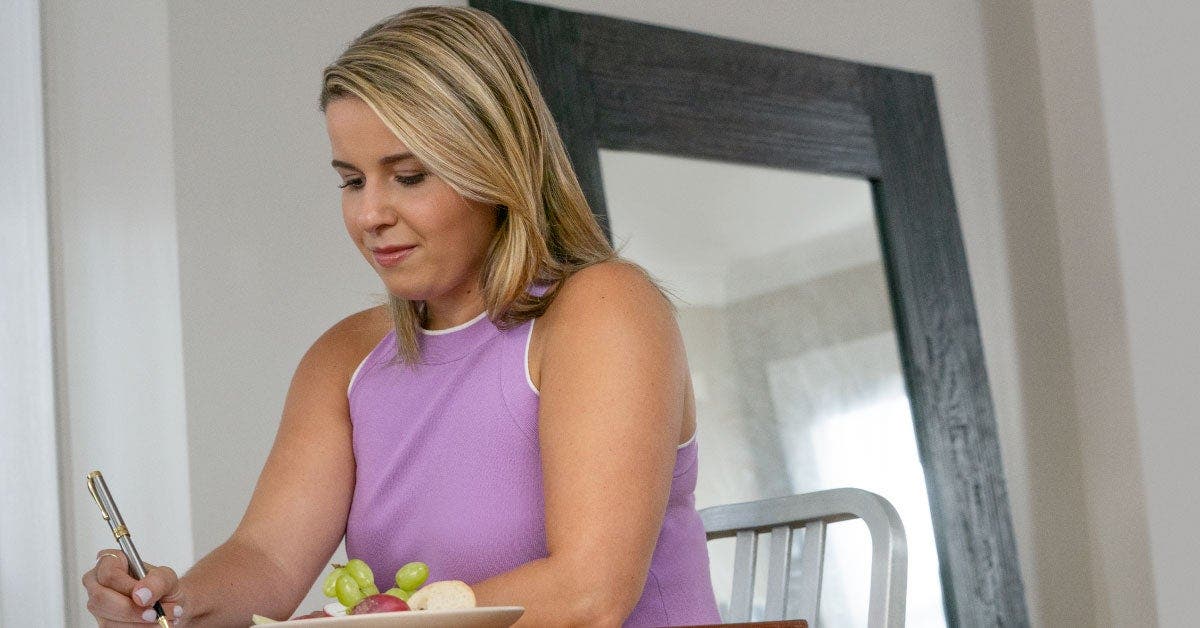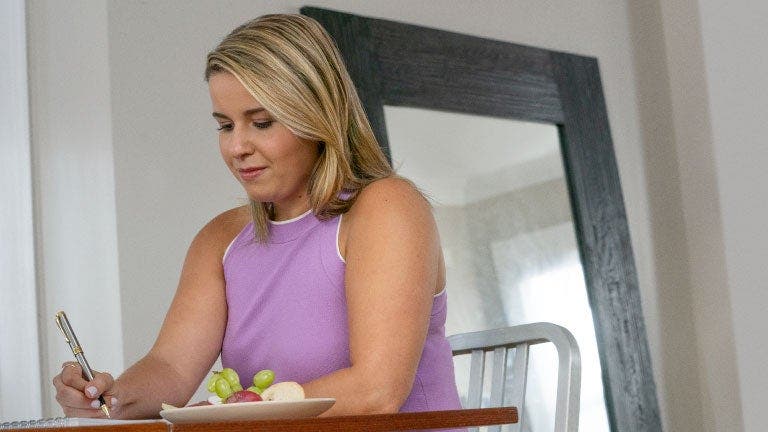Recognising and managing hypoglycemia


What is hypoglycemia?
Hypoglycemia or ‘hypo’ is just another word for low blood sugar. When your sugar drops below 4.0 mmol/L this is considered too low for your body to function in its normal way, making you feel pretty unwell.
If you control your diabetes by diet and exercise alone, or by taking metformin, there's little risk of a hypo. But if you treat your diabetes with certain medications such as insulin and gliclazide, then hypos are more likely.
What causes a hypo?
A hypo happens when there is an imbalance of sugar and insulin in your blood. Too much insulin, or not enough sugar results in hypoglycemia. This tends to happen when people have taken too much of their medication, have skipped a meal or eaten less than usual, and sometimes it can happen after physical activity.
What are the symptoms of a hypo?
Everyone experiences hypos differently. There are some symptoms that are more common than others (such as feeling sick or nauseous, sweating, shaking, or having a headache), but it’s important you can spot yours.
What to do if you think you’re having a hypo?
- Tell somebody: it’s important that you tell people what is happening so that they can help you
- Take a seat: sometimes people can feel dizzy during a hypo, so it’s best to sit or lie down
- Have something sugary: this could be glucotabs, juice, a non-diet fizzy drink or even some sweets. All of these will help to raise your blood sugar quickly.
- Have a snack: after you’ve had something sugary it’s important to have a snack with at least 15 grams of carbohydrates to stop your blood sugar from dropping again
- Check your blood sugar: if you have a monitor at home, it’s a good idea to check your blood glucose 10 minutes after you’ve had your carbohydrate snack. If your blood sugar is still below 3.9 you should have another snack, then recheck your blood glucose in another 10 minutes.
Top tips for avoiding hypoglycemia
1. Keep a sugary ‘rescue pack’
This could include glucotabs, a sugary drink or some sweets in a place that you can easily access, this could be in your bag or wallet.
2. Keep a diary
If you’re frequently experiencing hypos at certain times of the day, this may mean your medication needs to be changed. Keeping track of your hypos in a diary can help your doctor decide on a more suitable treatment plan for your diabetes.
3. Listen to what your body is trying to tell you
If you have a hypo there’s usually nothing to worry about. Have something sugary and you will start to feel better. But ignoring the symptoms of a hypo can lead to your blood sugar dropping even further which can become more dangerous.
4. Talk to your friends and family
If you are prone to hypos it may be a good idea to explain to friends and family about your symptoms, how you treat it and where you keep your sugary ‘rescue pack.’
